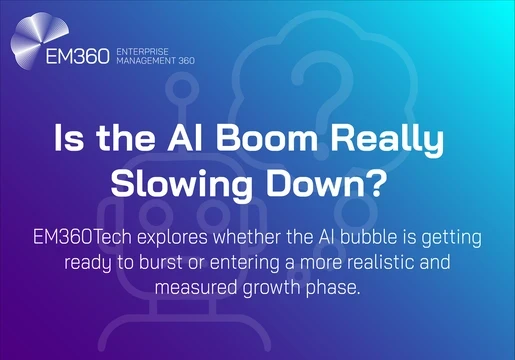Have you come across the term vibe coding? How about its evil twin vibe hacking? Imagine simply telling an AI what you want, and watching it build an entire application.
This radical approach promises to democratize development and supercharge productivity — but the cost can be extreme.
From black box problems to hidden bugs, we’ve got you covered with this comprehensive guide to vibe coding and whether it's worth it for your business. We’ll also explore the dark side of ‘vibe hacking’ - the next cybercrime that's already worrying experts.

What is Vibe Coding?
Vibe coding is a new approach to coding which leverages large language models. Instead of writing code manually, users provide natural language instructions and let the AI generate the code.
The term ‘vibe coding’ was coined by OpenAI co-founder Andrej Karpathy.
There's a new kind of coding I call "vibe coding", where you fully give in to the vibes, embrace exponentials, and forget that the code even exists. It's possible because the LLMs (e.g. Cursor Composer w Sonnet) are getting too good. Also I just talk to Composer with SuperWhisper…
— Andrej Karpathy (@karpathy) February 2, 2025
The somewhat glib description of coding ‘where you fully give in to the vibes, embrace exponentials, and forget that the code even exists’ laid the foundation for shorthand defining LLM-assisted coding.
Although intentionally provocative, the tweet underscores a shift where users prioritise expressing high-level intent and desired outcomes in natural language. This allows the AI to generate underlying code with minimal human review.
Vibe coding is different from existing AI-assisted coding methods in a few key ways. This level of AI autonomy and abstraction is completely different to existing tools like code autocompletion and static analysis.
In traditional AI-assisted coding, the human behind the wheel remains firmly in control. Typically the human user is writing every line of code and understands the process behind every decision.
In vibe coding, the human user provides high-level directives. The AI then fulfils the request, able to generate entire applications of code. The human does not necessarily have to review or even understand the code they are generating.
Is Vibe Coding Bad?
Vibe coding is not necessarily bad.
Vibe coding can increase productivity by automating repetitive tasks which frees up developers to focus on higher-level issues and complex problem-solving.
It also allows for faster deployment cycles whilst making coding more accessible. The technical barrier is lowered, allowing those less familiar with coding to program with relative ease.
However, there are definitely issues with vibe coding.
Generating code that you don’t fully understand means that when bugs, issues or unexpected behaviours come up it is significantly more difficult to solve them as the underlying logic may be opaque to the human developer.
There is also a significant security risk with vibe coding. If the code is not understood by a tech-savvy human, it could introduce vulnerabilities and widen the attack surface.
It also introduces elements of AI’s Black Box Problem into fundamental code. This lack of transparency can affect root cause analysis, complicate system audits, and make it difficult to explain unexpected behaviours.
What is Vibe Hacking?
Vibe hacking is the use of vibe coding for nefarious or even criminal purposes. Experts are currently concerned about the growing prevalence of vibe hacking as the next frontier of AI powered cyber crime.
Vibe hacking lowers the barrier to entry for cyber crime. Malicious actors no longer need sophisticated coding stills to launch their attacks. With some knowledge of AI it is easy to generate phishing emails, malware and multi-step scams with a simple prompt.
It gets scarier. Beyond generating the initial scams, vibe hacking can help cyber criminals to automate and scale up their operations. For example, a large language model could ingest a massive database of information and create personalised phishing emails en masse.
By leveraging vibe coding responsibly businesses can unlock new levels of innovation and efficiency. The key will be to combine AI's generative capabilities alongside human developers' critical thinking to ensure any AI-assisted coding is implemented responsibility.







Comments ( 0 )